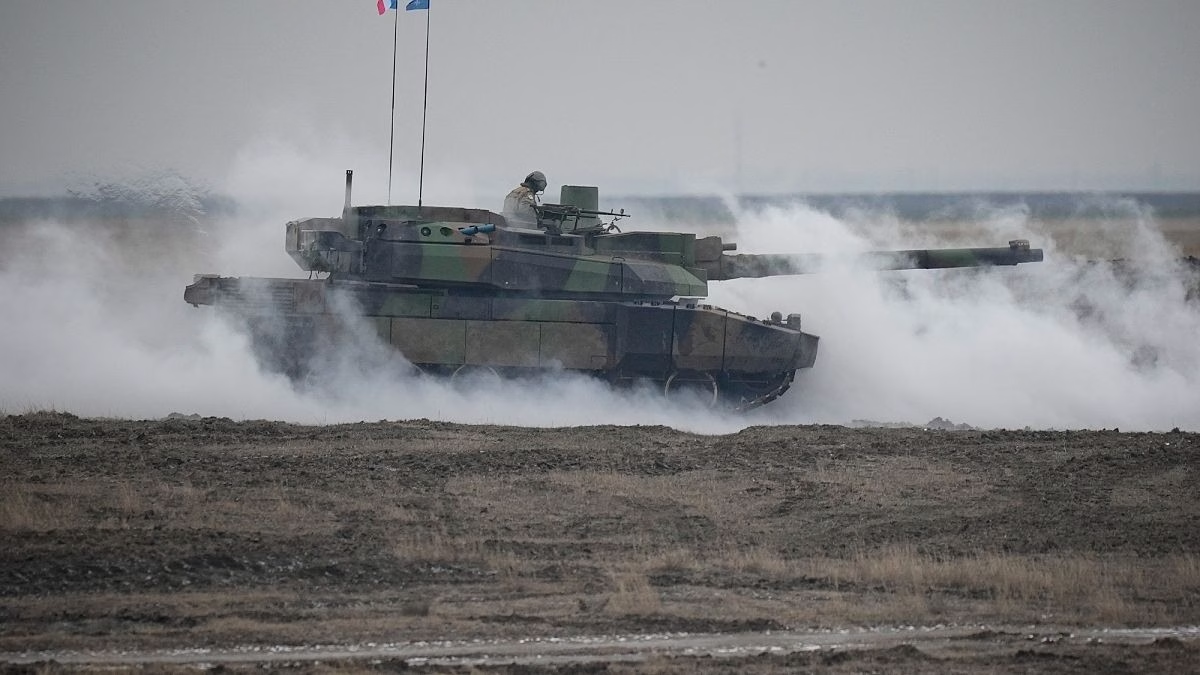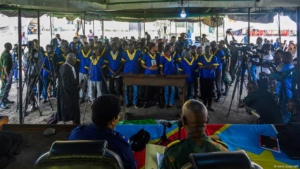The EU aims to reduce its security dependence on the US and increase its military equipment budget within Europe. One area where Europe is not falling behind is in the production of tanks, according to researchers. However, the European market for armored vehicles is fragmented and hindered by a lack of standardisation, which limits production and poses challenges for defence and political experts. The issue has come into focus as Europe responds to US pressure to boost defence spending, following President Donald Trump’s return to the White House in January. Russia’s invasion of Ukraine has also pushed the EU to consider its military self-sufficiency.
Europe currently possesses a total of 4,262 tanks compared to the US, which has 4,640 armored vehicles. Greece leads Europe with 1,344 vehicles, followed by Poland with 614, and Romania with 328. Germany and France have 296 and 215 tanks respectively. Despite these numbers, the European and US equipment performance is said to be on par, with European companies having the necessary capabilities to produce on the same level as the US. A disadvantage of sourcing from US companies, however, is the comprehensive ecosystems they provide, including sub-systems, ammunition, maintenance, and logistics.
The highly fragmented market for tanks in Europe is one of the significant challenges for the defence industry. Several companies produce numerous models, such as the French Leclerc, the German Leopard, and the Italian Ariete, each equipped with different systems. This results in difficulty maintaining a steady industrial output. For example, the Leopard is designed for land battles and delivers significant firepower, while the French Leclerc is more technologically advanced, capable of firing accurately while moving.
The lack of standardization leads to numerous training, parts, and maintenance requirements. Joint purchases between member states are being considered as a possible solution to strengthen military equipment interoperability and limit market fragmentation. In recent years, about two-thirds of EU defense orders have gone to US defense companies. EU finance ministers are currently discussing the establishment of a joint intergovernmental defence fund to buy and own defense equipment.
Source: https://www.euronews.com/my-europe/2025/04/08/as-eu-seeks-to-cut-defence-dependency-on-us-how-can-it-improve-tank-production





